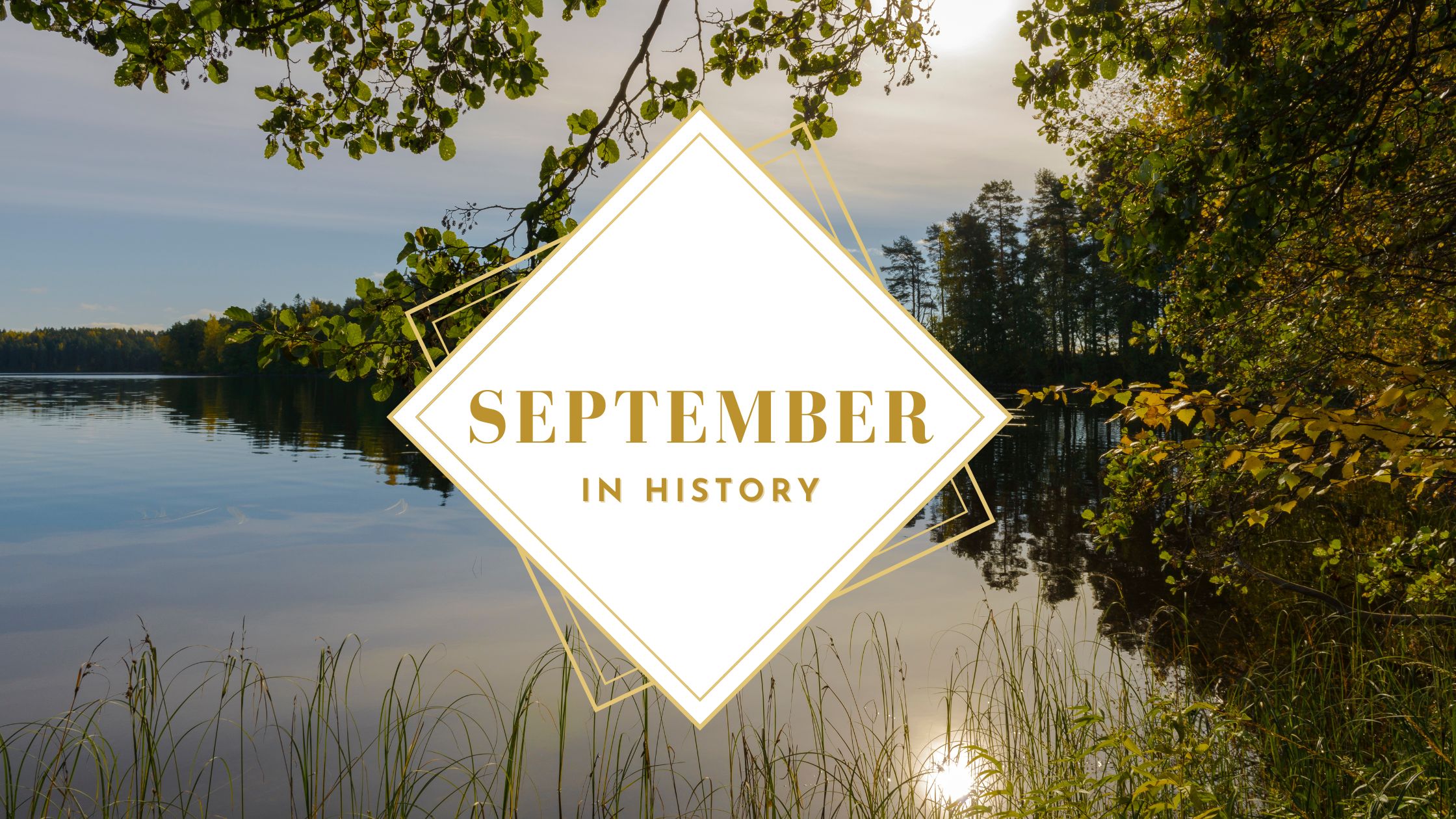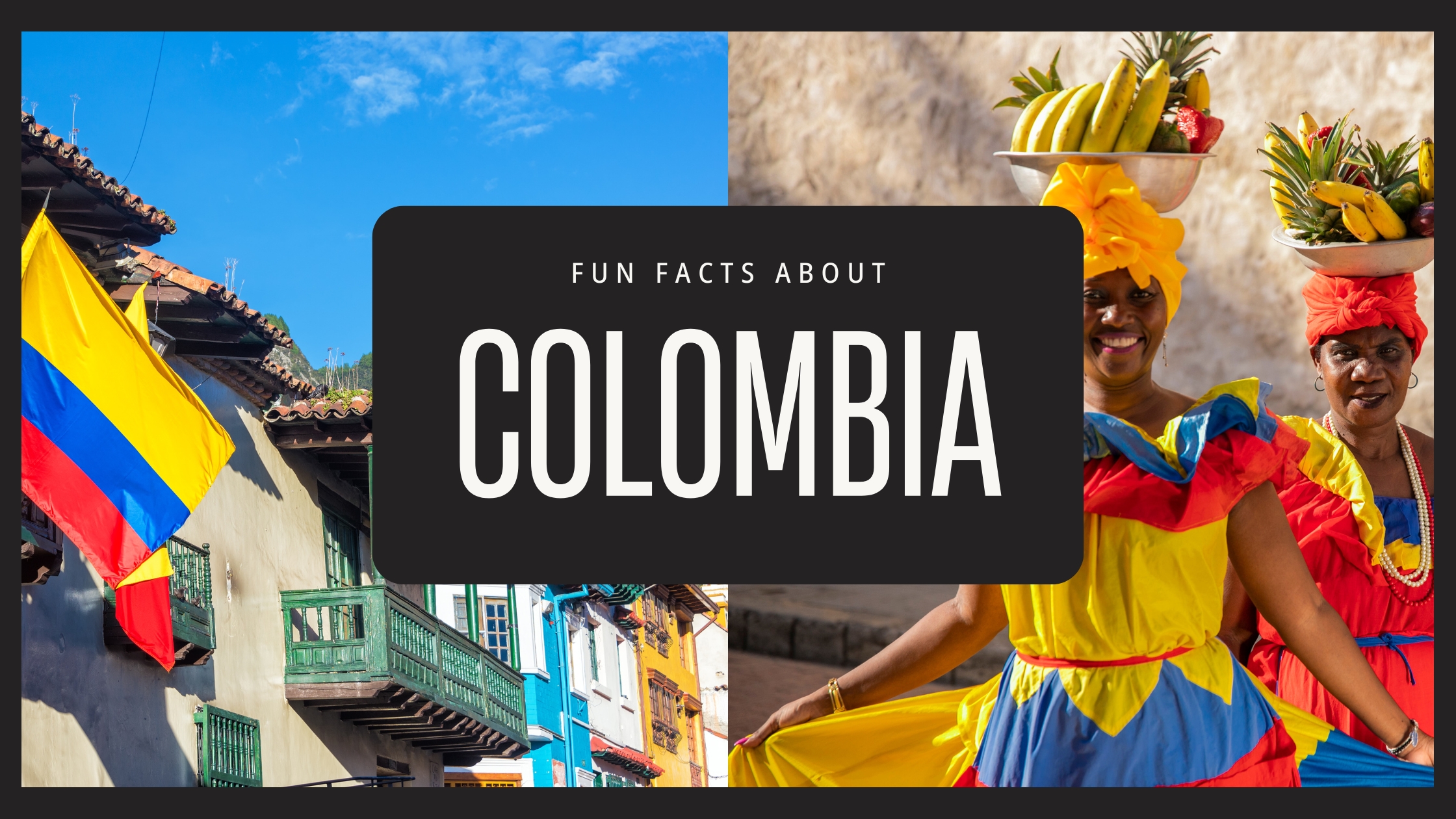Let’s learn some September fun facts!
September has seen more than its fair share of historical events. At the tail end of the summer, this ninth month has witnessed everything from railroads to submarines. Follow along as we discuss ten September fun facts to remember.
History in September
September 21st, 1792 – France Abolishes The Monarchy
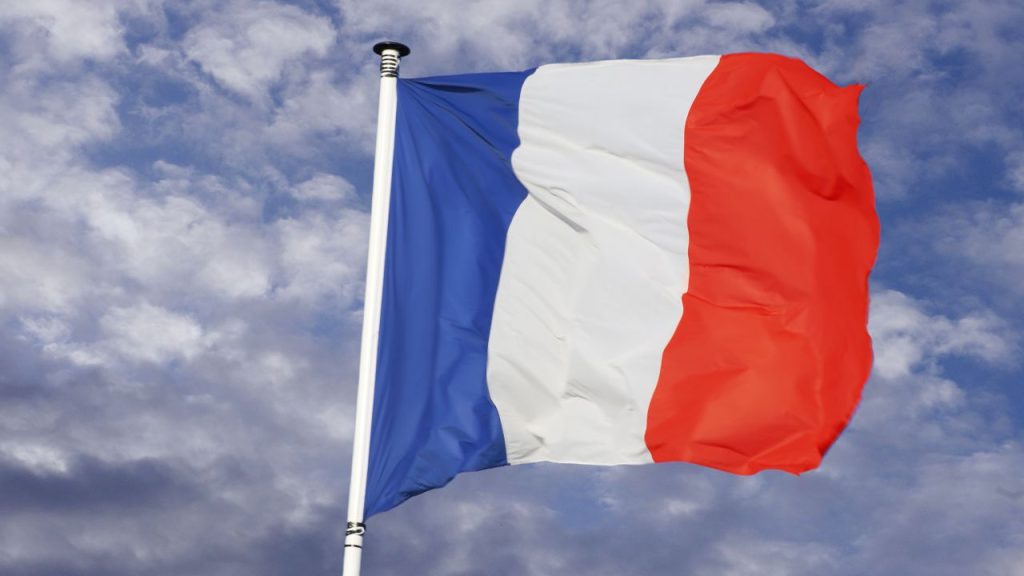
The French Revolution was a pivotal moment in Western history. Beginning in 1789, French citizens rebelled against the absolutist Ancien Regime (the monarchy) to demand better political representation. Eventually, after much fighting under the leadership of Maximilien Robespierre, the people overcame King Louis XVI and established a new political order.
September 8th, 1883 – The U.S. Completes The Northern Pacific Railroad

On September 8, 1883, American transportation history changed forever. The Northern Pacific Railroad became complete, connecting the eastern and western U.S. and helping unite the country.
The railroad ran 2,200 miles from Minnesota to Washington State across the continental interior. Thus, passengers could travel from Seattle to the Eastern seaboard without using alternative means of transportation.
Construction began in the 1870s. Engineers had to build a railway to traverse forests, rivers, and the Rocky Mountains. During the effort, railroad companies learned new techniques to tame the landscape, using trestles, tunnels, and bridges. While the labor was intense, and some workers lost their lives, many saw their efforts as a commitment to the nation’s greater good.
The completion of the Northern Pacific Railroad had a profound impact on U.S. culture and society. With the train now available, settlers could leave their wagons behind. Traveling across the continent in a steam-powered carriage took only a few days. The railroads became part of “manifest destiny,” or the idea that America could build any future it wanted.
September 23rd, 1973 – The Anglo-French Supersonic Jet Concorde Crosses The Atlantic For The First Time
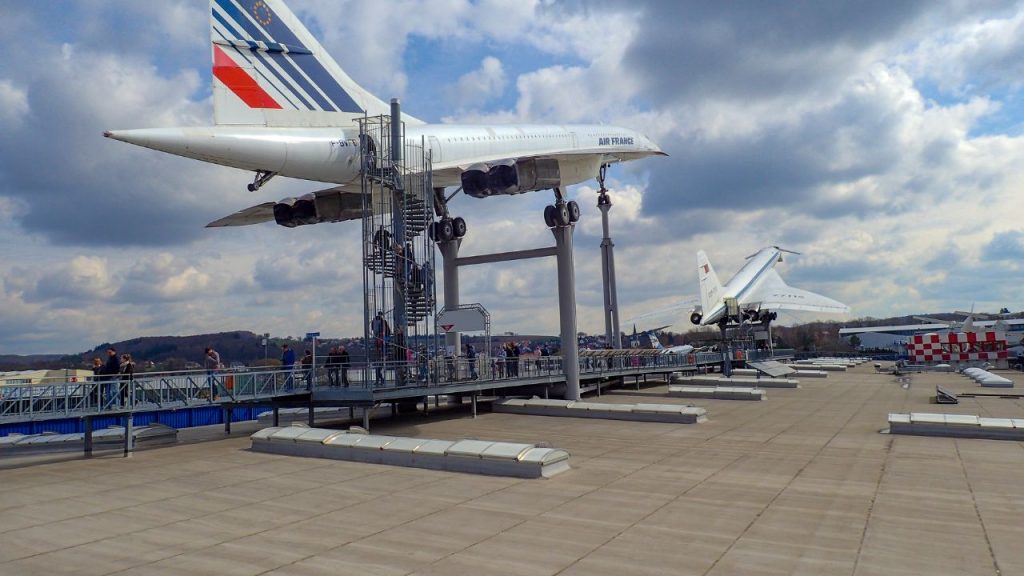
Joint Anglo-French project Concorde crossed the Atlantic for the first time on 23rd September 1973. The supersonic jet completed the journey in less than half the time.
Passengers hoped the supersonic technology would spread across the aviation industry and become the norm. They wanted to travel over 1,350 mph (nearly Mach 2) to other destinations, including India, South Africa, and Australia.
However, global Concorde travel never emerged. Flights between Paris, London, and the U.S. East Coast participated, but the rest of the world used conventional jetliners.
September 2nd, 1945 – President Harry Truman Declares VJ Day In The Pacific
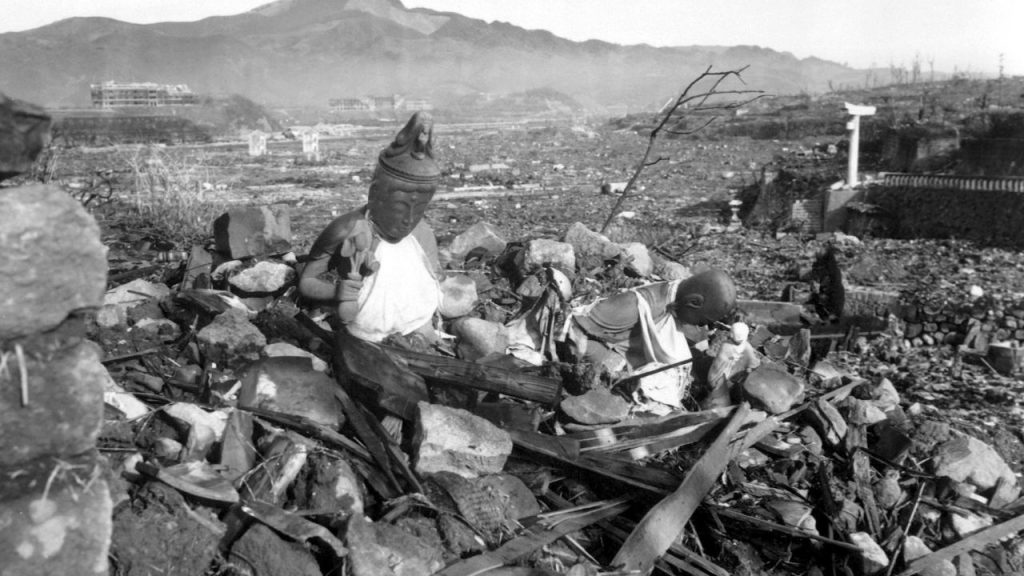
In the Pacific, WWII dragged on for months after it ended in Europe. Because the Japanese continued fighting U.S. troops on remote Pacific Islands. However, the U.S. wanted to bring the war to an end quickly to prevent further loss of life.
U.S. military officials decided to use the atomic bomb on two Japanese cities, Hiroshima and Nagasaki. Victory over Japan (VJ) Day eventually arrived on 2nd September 1945. The destruction was so severe the Emperor of Japan immediately began negotiating with the Americans for peace.
While the initial destruction from the bombs was appalling, the early ending of the war in the Pacific likely saved lives. American troops didn’t need to invade the Japanese homeland to secure a lasting victory.
During his speech on VJ Day, Truman emphasized the U.S. victory against Japan. He discussed the need to build a new world order based on American principles of international law.
September 2nd, 1666 – The Great Fire Of London Starts

Historians believe the Great Fire of London began on Pudding Lane near the Tower of London. Over three days, 13,000 houses, 87 churches, and numerous government buildings burned to the ground.
Most of the population became destitute. Over 100,000 people could have been without a place to sleep.
Immediately after the fire, Londoners began constructing make-shift shelters to accommodate the homeless. Furthermore, King Charles II rebuilt the city so that a great fire would never occur again.
Londoners created the first building standards in the world. They built homes from brick and stone, widened streets, and improved the fire service.
September 4th, 1998 – Larry Page and Sergey Brin Found Google

On September 4th, 1998, internet entrepreneurs and Stanford PhD students Larry Page and Sergey Brin launched Google. Their pair envisioned the worldwide web becoming more searchable, like a digital telephone book.
Google used an innovative algorithm to rank pages using links between them. These “signals” helped determine a search result’s popularity and, therefore, its position on the results pages.
Over the years, Google has developed its range of services. The arrival of CEO Eric Schmidt turned the company into an app powerhouse.
September 12th, 1624 – The British Test The First Ever Submarine On The Thames
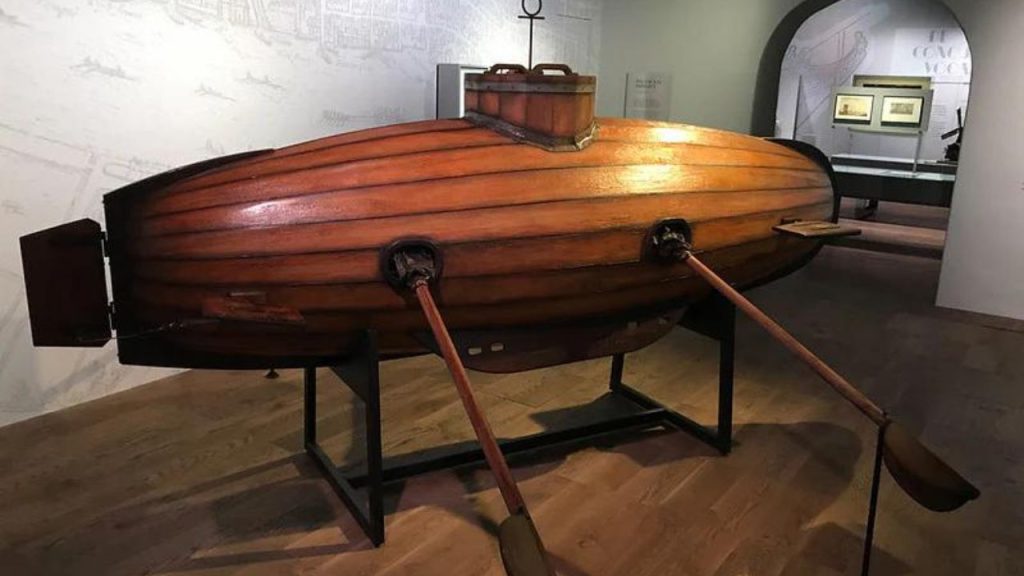
On September 12, 1624, engineers in London achieved a world first—the construction of the first-ever submarine. The vessel marked an innovative moment in naval history and eventually defined the shape of warfare.
The concept was the brainchild of English engineer William Bourne. He envisioned a ship that could travel below the waves, making it less detectable to enemy navies. Dutchman Cornelis Drebbel later presented William’s idea to King James I of Britain. Intrigued by the concept, the monarch agreed to fund the project.
Drebbel’s team got to work on the futuristic scheme soon after, constructing an egg-shaped machine 12 to 15 feet long. Incredibly, the vessel could submerge beneath the water while maintaining the air supply.
Drebbel’s machine worked successfully several times during testing. Its ability to sneak up on unsuspecting galleys showed its value in naval combat situations.
September 9th, 1776 – The United Colonies Become The United States
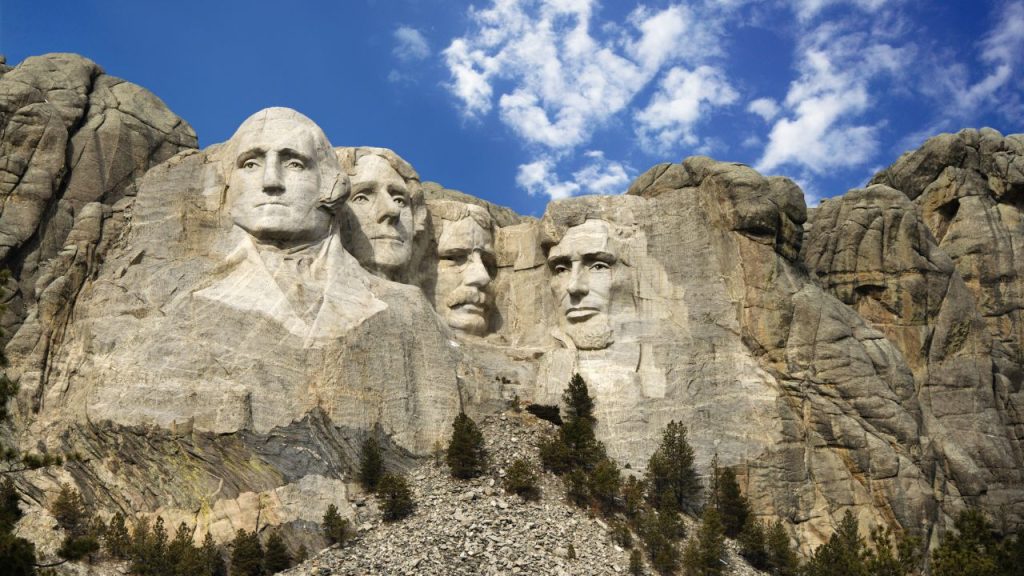
After American independence on 4th July 1776, people called the United States the “United Colonies.” They inherited the name from the British. However, the founding fathers were unhappy with the moniker because it evoked memories of the old world. In contrast, the “United States of America” indicated a new, sovereign nation free from the British King.
For many historians, this moment defined the nation. It established the concept that each colony was a state, able to set its laws but also part of a larger whole.
September 1st, 1985 – Robert Ballard Finds The Wreck Of The Titanic On The Ocean Floor
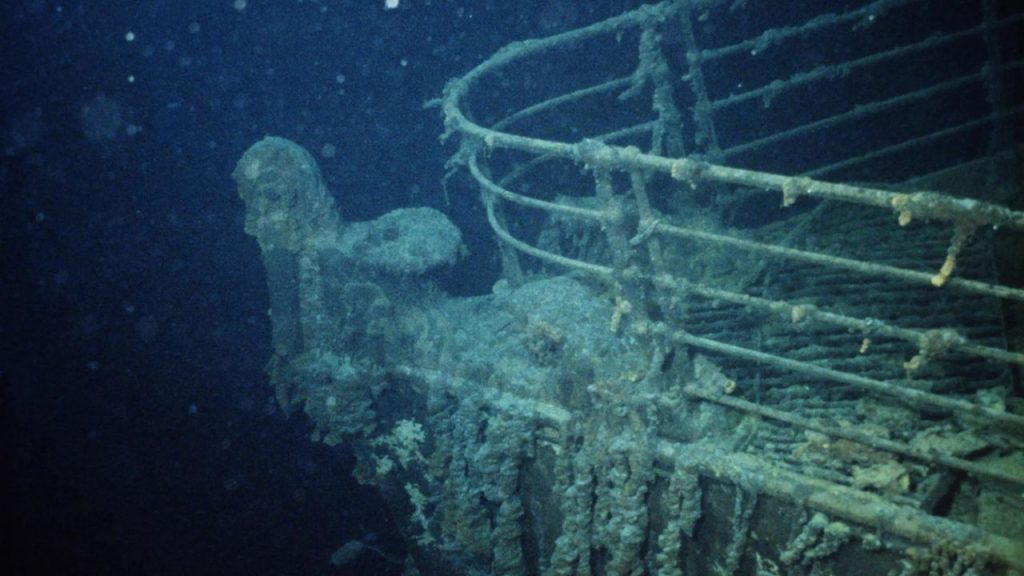
On 1st September 1985, oceanographer Robert Ballard discovered the wreck of the Titanic. The ship sank over seventy years ago on April 15, 1914. It had more than 2,240 passengers and crew on board. More than 1,500 people lost their lives in the disaster.
The Titanic’s wreck remained hidden for decades, 12,000 feet below the Atlantic Ocean’s surface. Submarines could not dive that deep.
However, Dr. Ballard and his team constructed a remote-operated vehicle, Argo, capable of withstanding the crushing pressures. Cameras on the machine gave the world the first glimpses of the ship since it sank.
September 27th, 2008 – Astronaut Zhai Zhigang Completes China’s First Space Walk

Our final September fun fact recognizes Chinese astronaut Zhai Zhigang. He completed his country’s first space walk, making China the third country to achieve the feat (after the United States and Russia).
Zhai spent 22 minutes walking through space after exiting the Chinese-made Shenzhou 7 space vehicle. He wore a special suit to protect him against the freezing vacuum of space and the solar radiation.
More Fun Facts in September
The month of September is full of history to explore. For more September fun facts, check out:
September 11, 2001, terrorist attack
Constellations: (Virgo and Libra zodiac signs)
Flowers: (September birth flower is morning glory and aster)
Gregorian calendar

